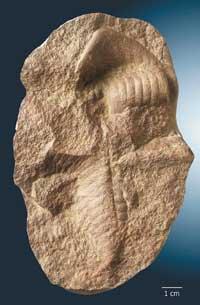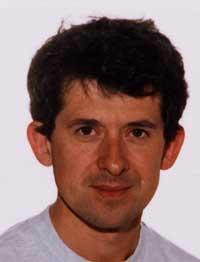Land calendar. New period in the Geological Table
2004/06/13 Lexartza Artza, Irantzu - Elhuyar Zientziaren Komunikazioa
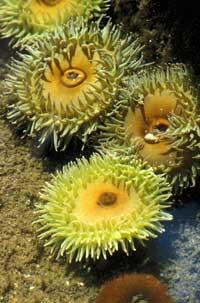
We divide it into days, weeks, months, years, centuries, millennia,...
However, in human history there are other classifications by historical facts or characteristics that do not have a certain length. The Modern Age, for example, lasted almost three centuries. The previous Middle Ages, about ten centuries. Before the Middle Ages it was Antiquity, which lasted more than a millennium.
Such divisions have also occurred in the history of Earth. These divisions are performed by analyzing, among other things, the information provided by rocks and the fossil record of each epoch. The Earth is over 4.5 billion years old, so the shorter main chapters are also "somewhat longer", with several million years. And, as in human history, the older they are, the longer they are.
These sections of Earth's history are collected in the geological table. This table is similar to a Earth calendar. This calendar distributes those 4.5 billion years and collects the main milestones.
Eon is the largest unit of geological time. The fanerozoic eon, for example, spans the last 542 million years. As in history, a dominant era is divided into smaller categories. Eons are divided into forms and forms into periods. Among the latter, the Ediacar has been approved.
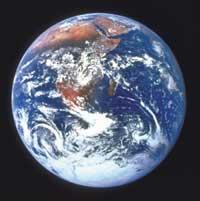
Normally the limits between these intervals are marked by significant variations. In one section there is some homogeneity, and when an event, like a destruction, involves a change, another epoch is defined. Depending on its importance in geological history, this limit is situated at one level or another. The most important changes, for example, can be both limitations of periods, forms and eons.
Long debate
The International Stratigraphy Commission establishes criteria for the approval of a new period (or any other temporary classification). The remains of this period must have homogeneous geological and paleontological characteristics that differentiate them from the previous and subsequent periods.
This type of decision in geology is usually a very long process. Many criticize him, but others believe that we should not act in haste. In short, the issues they investigate will not disappear overnight after millions of years.
A special subcommittee was established for the approval of the Ediacar as a period, made up of experts from all over the world who study this period. Following the decision of the subcommittee, the new period had to exceed two new votes. The whole process has lasted several years.
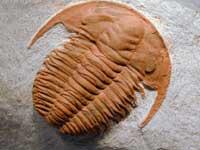
However, all controversies that were not accepted to fix the new period, since around the name there were different opinions. It is the first time a Russian geologist defined this time in 1952. The name that gave it the name Vendiano has been the most used to date. This name was used to designate some rocks surrounding the Russian White Sea and was considered by many as the general name of the entire period.
However, the subcommittee has decided to give the period the name of some Australian mountains to Ediaca, which have taken as an example of the period the registration of rocks of the area. According to them, there are the best remains of the time and has been called a section of the area as border stratotype, that is, a sequence of standard rocks of comparison. However, Russian geologists have said they will continue to use the name Vendiano.
Special and rich time
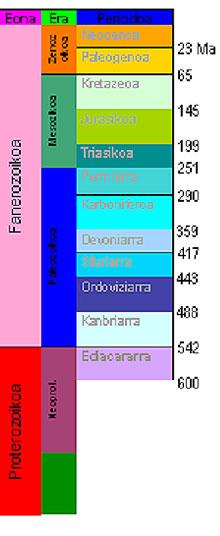
It has special relevance because its end is the same as that of a way (Neoproterozoic) and that of an eon (Proterozoic).
According to experts, at that time the first living multi-cellular beings in the world began to proliferate. They were the beginnings of a life like the one we know today. In this it is different from the previous period.
After these living beings came others, more complex and more numerous. Predators appeared, the first masked living beings, etc. This main change of life marks the upper limit of the Ediaco, the Cambrian period and the Paleozoic.
The fossil record of the Ediacar shows that the living beings of the time were marine. There was still much to conquer the continents. Paleontologists believe that they lived at the bottom of the sea and that most were similar to current sponges or jellyfish.
It is believed that this unique fauna of Ediaca grew due to climate change. The previous period (Cryogen) was marked by a global glaciation. When the weather was temperate, however, conditions were established for the appearance of a rich life. With the appearance of the first predators in the Cambrian, the fauna of Ediaca declined.
Published in 7K.

Gai honi buruzko eduki gehiago
Elhuyarrek garatutako teknologia



